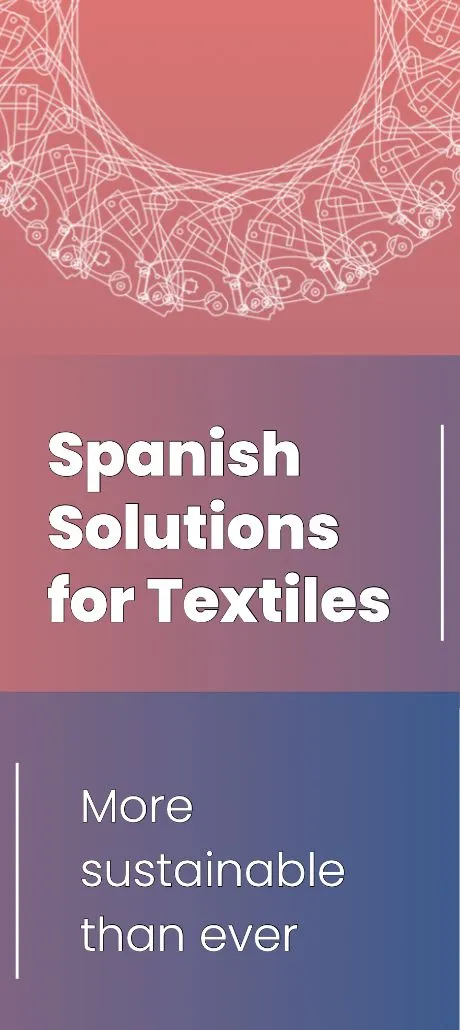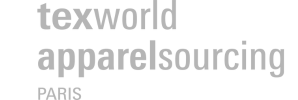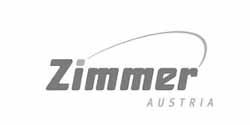The global trade of textured yarns has risen at 7.09 per cent in 2018 compared to the previous year, according to market analysis tool TexPro. The global trade of textured yarns was $12,815.56 million in 2017, which increased to $13,724.40 million in 2018. The total trade is anticipated to reach $17,539.05 million in 2021 with a CAGR of 8.33 per cent from 2018.
The global export of textured yarns was $5,791.89 million in 2016, which increased by 23.65 per cent to $7,161.84 million in 2018. Total exports moved up by 11.98 per cent in 2018 over the previous year and is expected to reach $9,847.60 million in 2021 with a CAGR of 11.20 per cent from 2018, according to Fibre2Fashion’s market analysis tool TexPro.
The global import of textured yarns was $5,903.60 million in 2016, which grew by 11.16 per cent to $6,562.56 million in 2018. Total imports rose by 2.22 per cent in 2018 over the previous year and is expected to reach $7,691.46 million in 2021 with a CAGR of 5.43 per cent from 2018.
Trade of textured yarns
China ($2,177.16 million), Italy ($1,031.56 million), India ($875.50 million) and Taiwan ($533.00 million) were the key exporters of textured yarns across the globe in 2018, together comprising 64.47 per cent of the total export. These were distantly followed by the US ($301.73 million), Spain ($243.58 million), Thailand ($171.09 million) and Indonesia ($170.16 million).
From 2013 to 2018, the most notable rate of growth in terms of export, amongst the main exporting countries, was attained by Italy (89.36 per cent) and China (65.97 per cent).
Turkey ($612.61 million), Italy ($498.75 million), the UK ($488.44 million) and Brazil ($457.06 million) were the key importers of textured yarns across the globe in 2018, together comprising 31.34 per cent of total import. These were followed by China ($268.25 million), South Korea ($267.22 million), US ($256.59 million) and Spain ($230.29 million).
From 2013 to 2018, the most notable rate of growth in terms of import, amongst the main importing countries, was attained by the UK (115.38 per cent) and Italy (95.90 per cent).






























